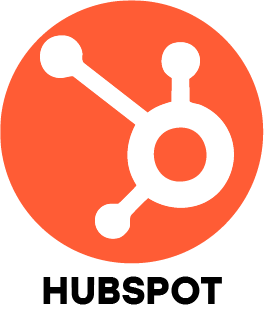1. What makes SEO and SEM different from one other?
Ans:
SEO focuses on increasing a website’s visibility in organic search results through keyword use and quality content. Conversely SEM entails paid advertising like Google Ads to gain faster visibility on search engines. While SEO is a long-term and budget-friendly strategy, SEM delivers quicker results through paid campaigns.
2. How do you evaluate the performance of a digital marketing campaign?
Ans:
To assess a campaign’s effectiveness, I monitor key measures including click-through rate (CTR), conversions and website traffic cost per click (CPC), bounce rate and return on investment (ROI). Tools like Google Analytics, Meta Ads Manager and CRM platforms help collect and analyze these insights to guide further improvements.
3. How does Google Ads work and what is a Quality Score?
Ans:
Google Ads operates on a bidding model where advertisers compete for keyword placements. Ad rank is influenced by both the bid amount and the Quality Score an internal rating that considers ad relevance, landing page quality and expected CTR. A higher Quality Score typically results in lower ad costs and better placements.
4. What tools do you use for keyword and competitor research?
Ans:
For keyword research, I rely on tools like SEMrush, Ahrefs, Google Keyword Planner, Moz and Ubersuggest. When analyzing competitors, I use platforms like SimilarWeb, SpyFu and BuzzSumo to understand their traffic sources, backlink profiles and content strategies.
5. What are some of the latest trends in digital marketing?
Ans:
Some emerging trends include AI-driven content personalization, short-form video content like Instagram Reels and YouTube Shorts, voice search optimization, influencer marketing, zero-click search optimization and increased use of automation for data and campaign management.
6. What strategies do you use to improve landing page conversions?
Ans:
To improve a landing page’s performance, I focus on creating clear, attention-grabbing headlines, minimizing form fields, increasing page speed, adding testimonials or trust signals, testing different calls-to-action (CTAs) and ensuring the design is mobile-friendly and distraction-free.
7. What are backlinks and why are they important?
Ans:
Backlinks are external links from other websites lead to your site. They act as a signal of credibility to search engines, helping to build domain authority and improve rankings. Quality and relevance are more important than the number of backlinks.
8. How do you segment email lists for better engagement?
Ans:
I separate up email lists according on user behavior such as opens, clicks, past purchases, location and interests. This allows me to deliver more personalized and relevant content which increases open rates, engagement and conversion potential.
9. Can you describe a digital campaign you successfully managed?
Ans:
I managed a successful product launch campaign that combined blog SEO, paid search ads and remarketing. Using A/B testing and performance analysis, we increased leads by 45%, lowered the cost per click by 30% and achieved a 6.5% conversion rate within two months.
10. Which social media metrics do you monitor regularly?
Ans:
I track engagement metrics such as likes, comments and shares, along with reach, impressions, follower growth and click-through rates. For paid campaigns, I also measure conversion-related actions like form submissions or purchases using UTM tracking and analytics tools.





















